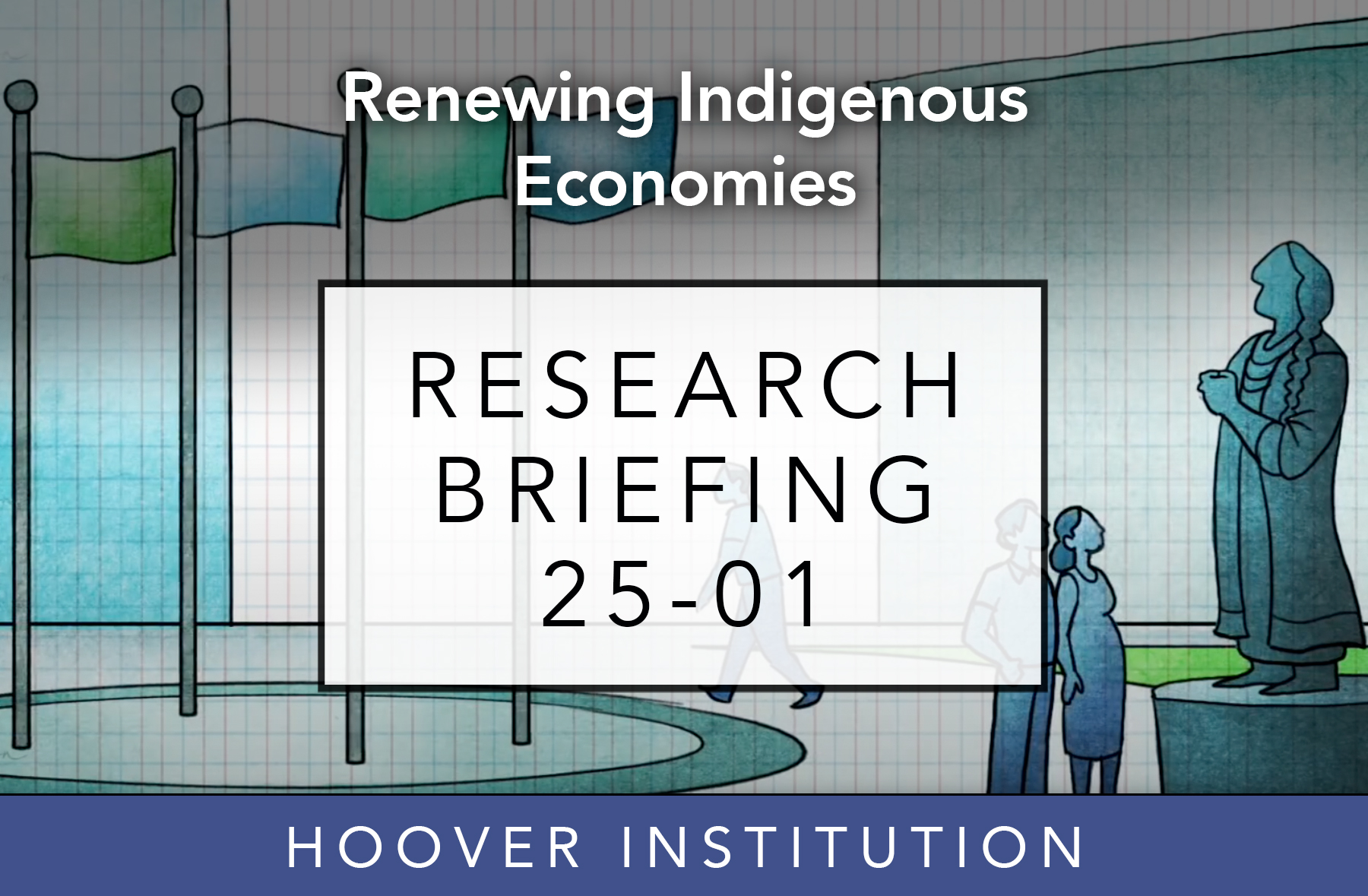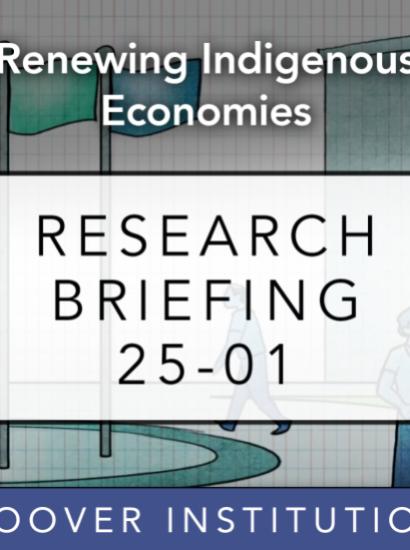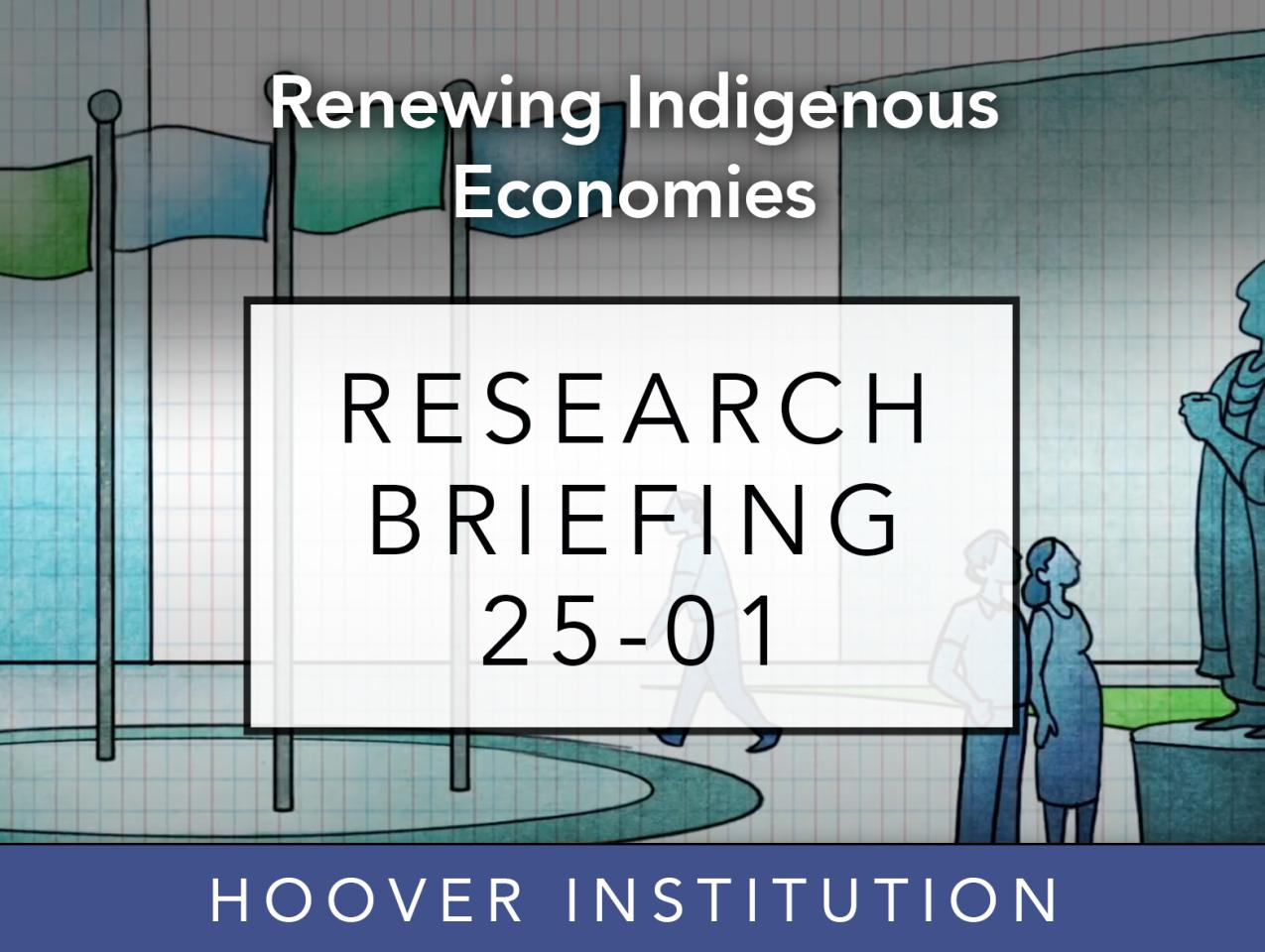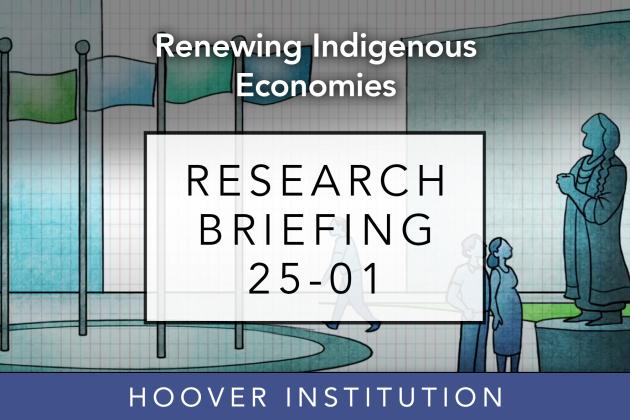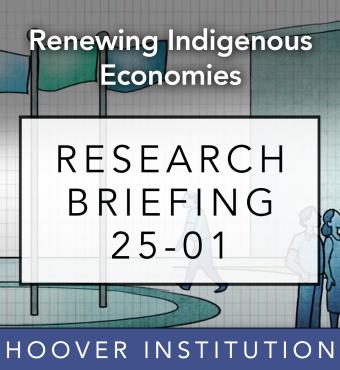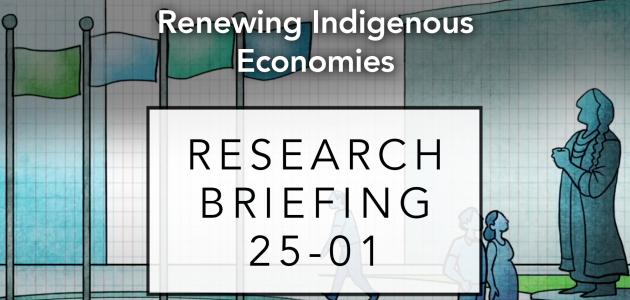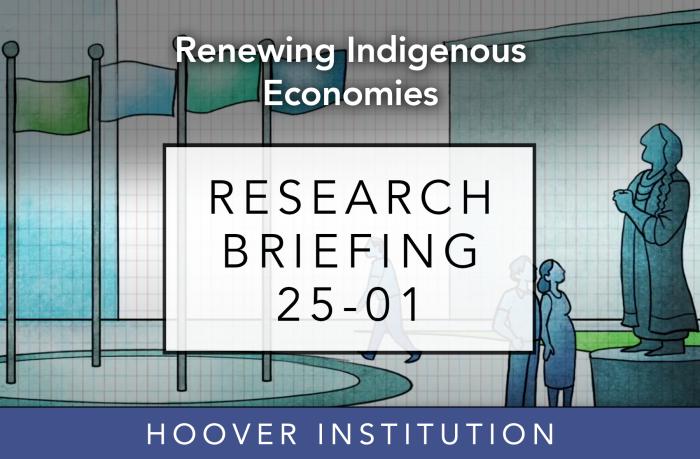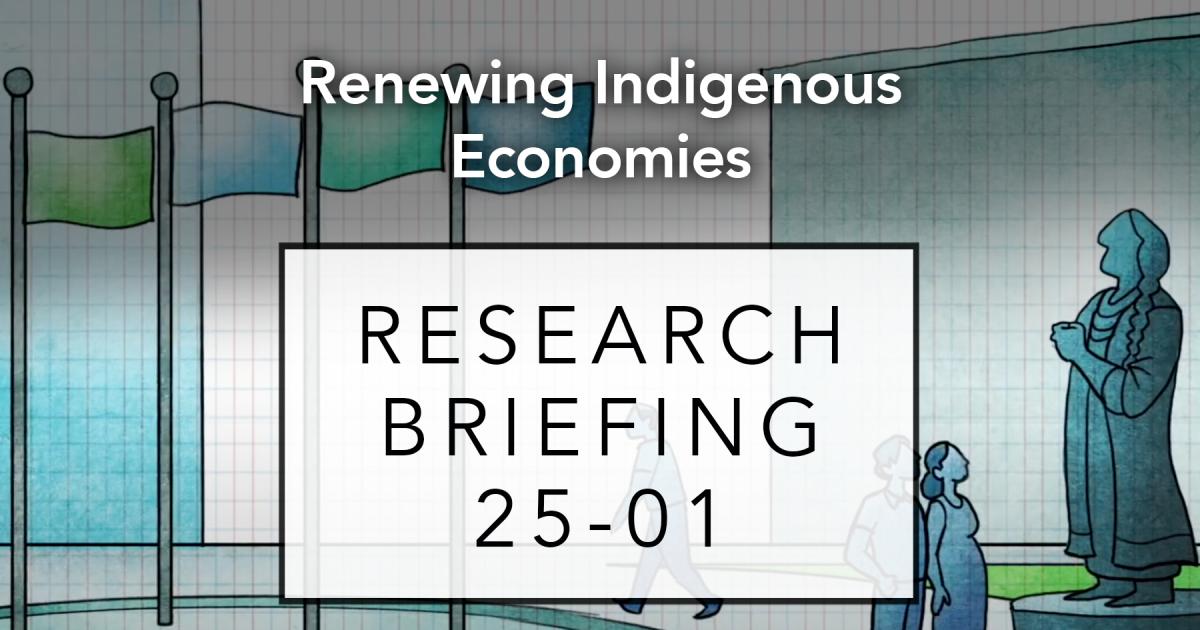
- Energy & Environment
- Regulation & Property Rights
- Answering Challenges to Advanced Economies
A program granting full, legally recognized property rights to Indigenous communities in the Brazilian Amazon reduces deforestation and encourages forest regeneration, highlighting the importance of secure ownership for sustainable resource management.
Based on Kathryn Baragwanath and Ella Bayi, “Collective Property Rights Reduce Deforestation in the Brazilian Amazon,” Proceedings of the National Academy of Sciences 117, no. 4 (2020): 20495–502.
Kathryn Baragwanath, Ella Bayi, and Nilesh Shinde, “Collective Property Rights Lead to Secondary Forest Growth in the Brazilian Amazon,” Proceedings of the National Academy of Sciences 120, no. 22 (2023): e2221346120, https://doi.org/10.1073/pnas.2221346120
Stronger Property Rights Slow Deforestation in the Amazon by Hoover Institution
The Research Problem
Much of the world’s important natural resources lie in territories occupied by Indigenous people who lack clear and secure title to land. Economic theory suggests this insecurity will lead to poor economic conditions and wasteful degradation of forests, watersheds, and soil. Constructing concrete empirical tests is difficult, however, because finding land areas that are comparable for study but different in their status of secure property rights is challenging. The dearth of compelling comparisons makes it hard to know when property rights will have effects and if those effects are large or small.
The Amazon rainforest in Brazil provides an ideal setting for empirical study. First, despite its importance for global biodiversity and carbon sequestration, vast swaths of forested land remain untitled. Second, Brazil’s Indigenous land titling program has been implemented piecemeal over time, thereby creating rare opportunities to compare forest conditions on Indigenous lands that are in legal limbo, awaiting full clarity and property rights, with lands that have gained formal legal recognition.
What We Examined
The study uses econometric techniques to compare deforestation and afforestation trends across Indigenous territories after receiving secure legal recognition with forest outcomes in territories yet to be granted recognition. Indigenous territories in Brazil go through a multistage legal process to gain formal recognition, culminating in a presidential decree known as “homologation.” Only once homologated do Indigenous lands gain constitutional protection. Holders of these lands are then granted federal enforcement, boundary protection, and secure usufruct rights over natural resources. Between 1982 and 2016, 487 territories were homologated whereas 239 territories were not, providing a natural experiment to assess the causal effects of secure tenure on land use outcomes.
Establishing the causal effects of property rights on forest outcomes is challenging, as Indigenous territories could differ in many ways that may affect land use. To identify causal effects, we take advantage of the fact that the timing of homologation is unrelated to broader deforestation trends across different regions of the Amazon and focus analysis near the borders of Indigenous territories. Specifically, we apply a geographic regression discontinuity design to compare deforestation and forest regeneration just inside versus just outside of territorial boundaries, before and after the granting of full legal rights. We use this method and satellite data covering 1982 to 2016 to analyze forest loss and regrowth across Indigenous territories.
What We Found
Granting full property rights through homologation reduces deforestation within Indigenous lands by 2 percentage points along the borders of homologated territories in the five years after homologation, representing a substantial two-thirds reduction from the baseline deforestation rate of 3 percent. Territories that have been declared but not yet homologated show only modest reductions in deforestation (0.2 percentage points), while territories that were never homologated display no change. Forest regrowth is more likely to occur in homologated territories, which see a 2.2 percentage point increase in secondary forest cover, a 22 percent increase from the baseline reforestation rate of 10 percent. In contrast, secondary forest cover remains flat—at zero—in both non-homologated and not-yet-homologated territories.
These outcomes reflect stronger incentives and institutional capacity for the collective land management practices on recognized Indigenous lands, such as organizing patrols, delineating boundaries, and coordinating forest use rules. In contrast, lands without secure property rights may face higher risks of premature harvesting and are less likely to attract investment in long-term stewardship. Our findings suggest the presence of Indigenous communities alone is not sufficient to deter forest loss. Rather, formal recognition and legal empowerment appear essential for communities to effectively manage land.

Figure 1: Empirical Comparisons. Panel A shows the location of the Baú Indigenous Territory in Pará. Panel B illustrates a 12-km buffer on either side of the territory’s boundary. Panel C shows an aerial image of the border of the Wawi Indigenous Territory in the state of Matto Grosso, Brazil (photo credit Kamikia Kisedje).
Lessons for Policy
Property rights matter: Legal recognition through homologation leads to measurable improvements in Indigenous communities’ ability and incentives to manage their land.
Policymakers should accelerate the homologation of Indigenous territories to uphold Indigenous communities’ constitutional rights to land and enable the self-determination of land-based stewardship practices.
Recognizing Indigenous land rights can be a cost-effective way for governments to unlock the environmental potential of land. Co-benefits include biodiversity preservation, carbon sequestration, and cultural expression.







